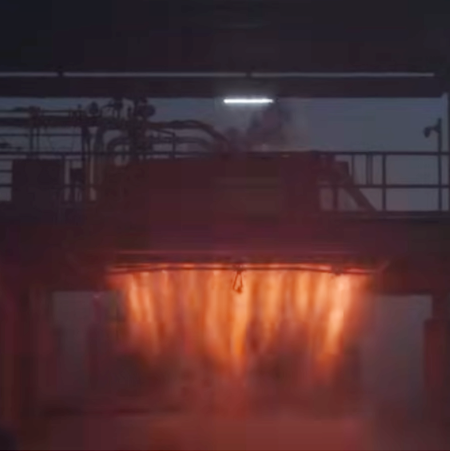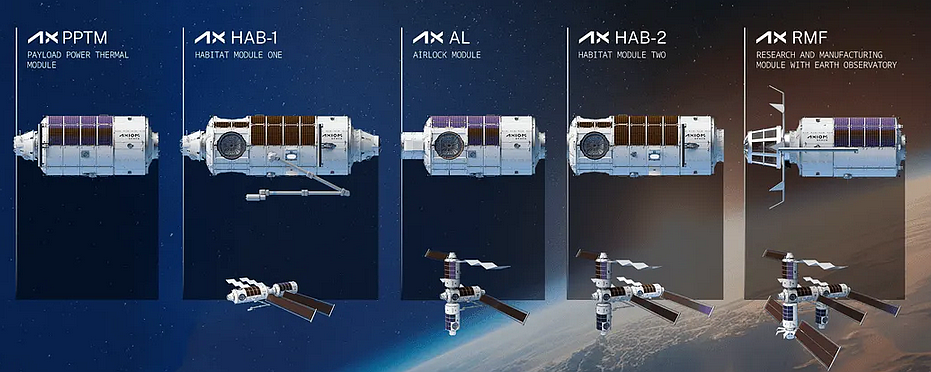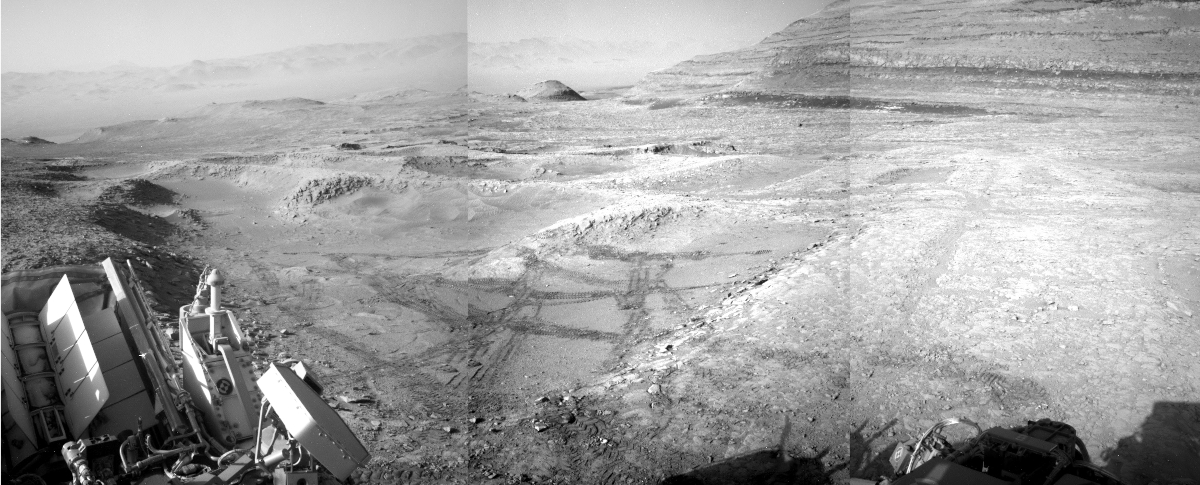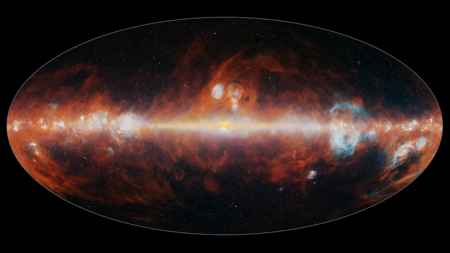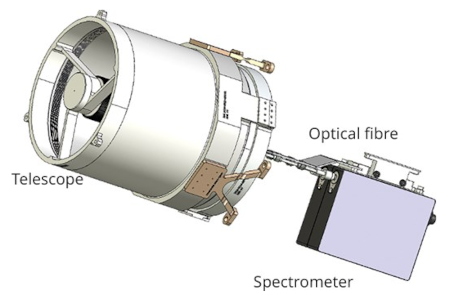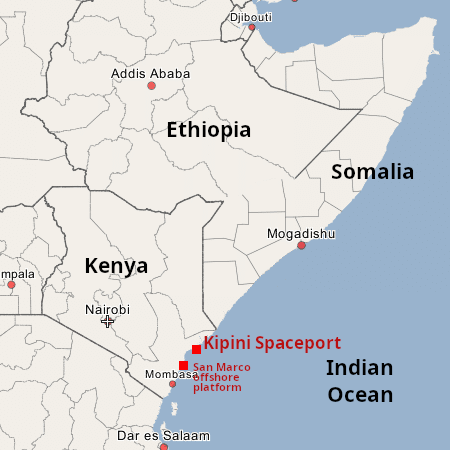December 22, 2025 Quick space links
Courtesy of BtB’s stringer Jay. This post is also an open thread. I welcome my readers to post any comments or additional links relating to any space issues, even if unrelated to the links below.
- Smallsat company Axelspace signs multi-launch agreement with launch integrator Exolaunch
Exolaunch acts as the agent for the satellite company to find the right launch provider.
- Pale Blue to provide thrusters for Axelspace microsatellite
The deal is for a demo flight in 2027.
- Video of Dawn Aerospace’s Mk-II Aurora drone as it reaches 20 kilometer altitude in 118 seconds
Beats the F-15 Streak Eagle’s 1975 record by 4 seconds.
- ISRO successfully tests deployment of the Gaganyaan drogue parachutes
Fun video of the test.
- NordSpace’s commercial Atlantic Spaceport Complex (ASX) on Newfoundland gets its environmental assessment approved
One of two new spaceport startups on Canada’s eastern seaboard.
- Rocket Lab wins its largest satellite contract award yet, $816 million to build 18 missile tracking satellites for the Pentagon
Rocket Lab continues to establish itself strongly in all aspects of space, from rockets to satellites.
- Notice to Airman (NOTAM) suggests China will attempt the first launch of its reusable Long March 12A on December 23, 2025
The launch will be from China’s Jiuquan spaceport, with the interior landing zone probably the same used by the Zhuque-3 rocket two weeks ago. Note that this is not the first Long March 12A NOTAM, so there are no certainties about this launch.
- Today, December 21, 2025, marks the tenth year anniversary of SpaceX’s the first successful landing of an orbital class Falcon 9 booster
The video at the link, by National Geographic, unfortunately turns this historic event into a fake movie drama, with music and editing to rob it of its reality. Go here to watch the actual live stream. That landing changed rocketry forever. As I wrote the next day:
Despite living in a time when freedom is denigrated, when free speech is squelched, and when oppressive regulation and government control is the answer to every problem, the enduring spirit of the human soul still pushed through to do an amazing thing.
SpaceX’s success is only the beginning. The ability to reuse the engines and first stage will allow them to lower their launch costs significantly, meaning that access to space will now be possible for hundreds if not thousands of new entrepeneurs who previously had ideas about developing the resources of the solar system but could not achieve them because the launch costs were too high.
Courtesy of BtB’s stringer Jay. This post is also an open thread. I welcome my readers to post any comments or additional links relating to any space issues, even if unrelated to the links below.
- Smallsat company Axelspace signs multi-launch agreement with launch integrator Exolaunch
Exolaunch acts as the agent for the satellite company to find the right launch provider.
- Pale Blue to provide thrusters for Axelspace microsatellite
The deal is for a demo flight in 2027.
- Video of Dawn Aerospace’s Mk-II Aurora drone as it reaches 20 kilometer altitude in 118 seconds
Beats the F-15 Streak Eagle’s 1975 record by 4 seconds.
- ISRO successfully tests deployment of the Gaganyaan drogue parachutes
Fun video of the test.
- NordSpace’s commercial Atlantic Spaceport Complex (ASX) on Newfoundland gets its environmental assessment approved
One of two new spaceport startups on Canada’s eastern seaboard.
- Rocket Lab wins its largest satellite contract award yet, $816 million to build 18 missile tracking satellites for the Pentagon
Rocket Lab continues to establish itself strongly in all aspects of space, from rockets to satellites.
- Notice to Airman (NOTAM) suggests China will attempt the first launch of its reusable Long March 12A on December 23, 2025
The launch will be from China’s Jiuquan spaceport, with the interior landing zone probably the same used by the Zhuque-3 rocket two weeks ago. Note that this is not the first Long March 12A NOTAM, so there are no certainties about this launch.
- Today, December 21, 2025, marks the tenth year anniversary of SpaceX’s the first successful landing of an orbital class Falcon 9 booster
The video at the link, by National Geographic, unfortunately turns this historic event into a fake movie drama, with music and editing to rob it of its reality. Go here to watch the actual live stream.That landing changed rocketry forever. As I wrote the next day:
Despite living in a time when freedom is denigrated, when free speech is squelched, and when oppressive regulation and government control is the answer to every problem, the enduring spirit of the human soul still pushed through to do an amazing thing.
SpaceX’s success is only the beginning. The ability to reuse the engines and first stage will allow them to lower their launch costs significantly, meaning that access to space will now be possible for hundreds if not thousands of new entrepeneurs who previously had ideas about developing the resources of the solar system but could not achieve them because the launch costs were too high.





